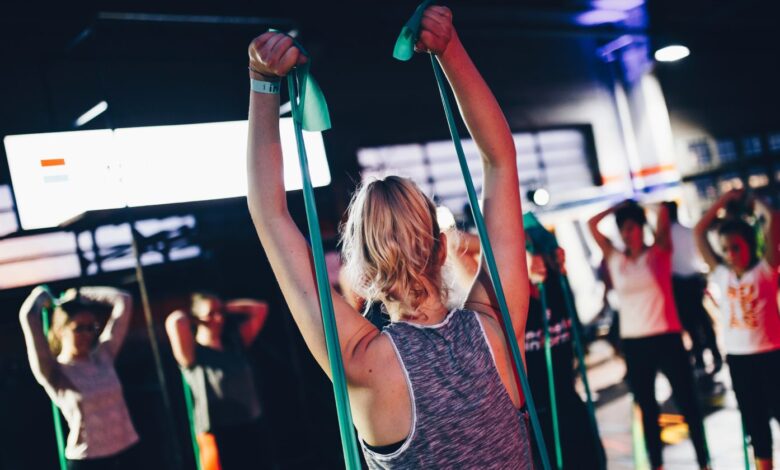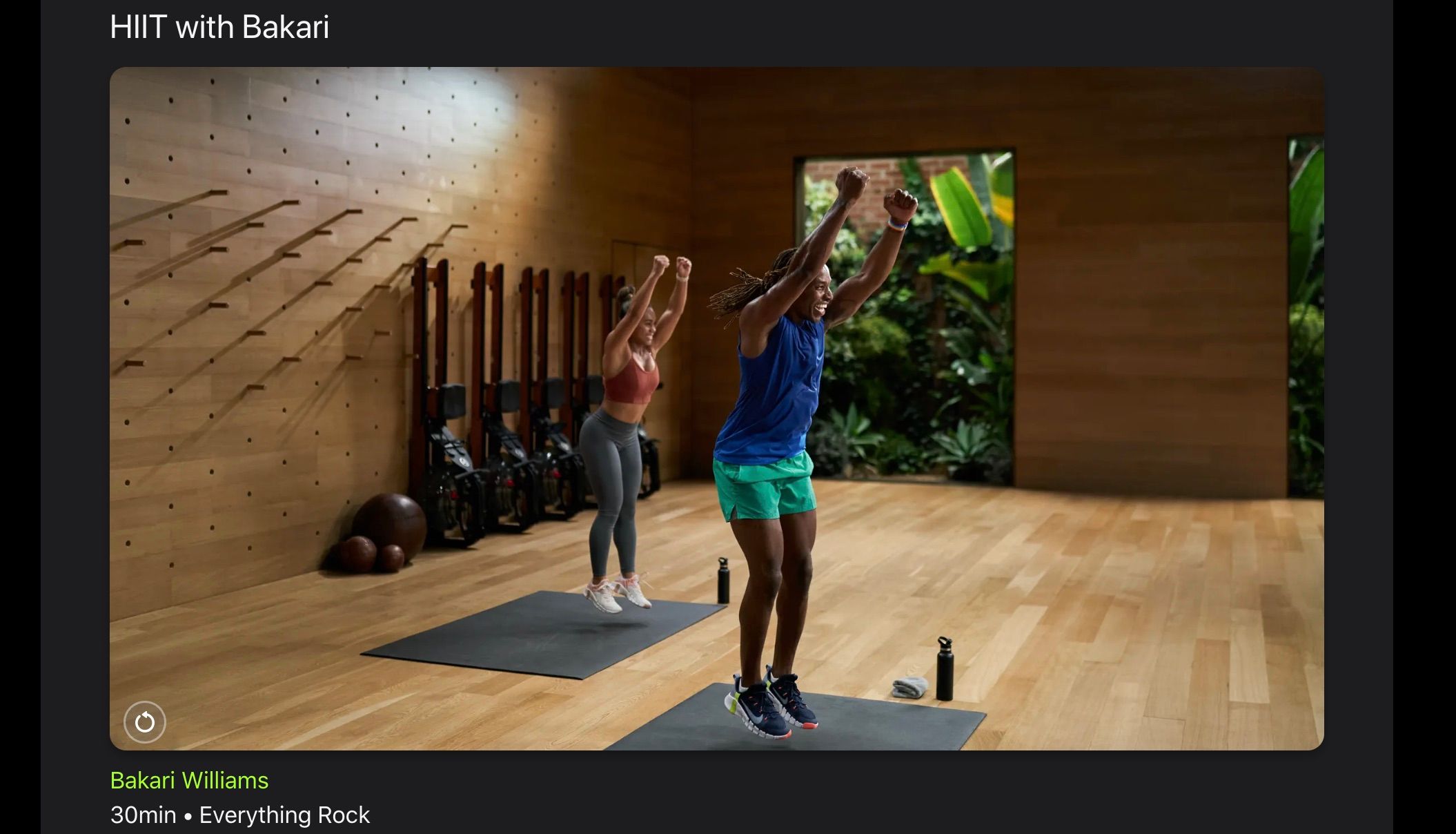What Is VO2 Max on Your Fitness Tracker?

So, you went ahead and spent all that dough on a top-notch fitness tracker and are determined to shed your love handles or tighten your giggly arms. Then you stumbled across that cryptic term: VO2 max. Now, you’re wondering if this is a secret SpaceX rocket, or perhaps even the name of Elon Musk’s next child.
Should you be worried if your VO2 max is low? Should you start moonwalking if it’s high? What is a good VO2 max number, anyway? We’re about to decode this mystery.
Fitness Trackers With VO2 Max Features
There is a seemingly endless number of fitness tracking devices on the market, from the ones preferred by marathon champions to those favored by tech enthusiasts who just can’t resist a fancy gadget. Let’s run through some of the more popular brands offering VO2 max measurements.
Garmin Devices That Measure VO2 Max
Garmin devices, such as the Forerunner line of watches, are a favorite among seasoned runners and triathletes. Equipped with heart rate monitors and GPS, these devices can estimate your VO2 max every time you go for a brisk walk or a run.
This analysis is powered by Garmin’s proprietary Firstbeat Analytics technology, which explores the link between the speed of your movement and the amount of effort your body is putting in to maintain that pace.
Apple Devices That Measure VO2 Max
The tech giant’s foray into fitness tracking has been a game-changer for many people. While the Apple Watch doesn’t explicitly display your VO2 max, the device (Series 3 or later) gives you a “Cardio Fitness Level” using VO2 max as the underlying measurement, according to Apple Support.
Apple’s VO2 max estimate considers your age, sex, weight, height, and any heart rate-affecting medications. Like many devices, it can take 24 hours of wear, plus several outdoor workouts and passive measurements to get your first estimate.
Fitbit Devices that Measure VO2 Max
Fitbit has a wide range of devices offering the VO2 max feature, which they refer to as a “Cardio Fitness Score.” You can track your score trends over time to see if your fitness levels are improving.
Like Apple, Fitbit devices use things like resting heart rate, age, sex, weight, and other personal info to calculate your score. Fitbit also recommends wearing your device to bed to give a more precise estimate of your resting heart rate.
Polar Devices That Measure VO2 Max
If you’re using a Polar fitness tracker like the Polar Vantage V2, you can get an estimate of your VO2 max with a quick, five-minute fitness test.
The test combines your current heart rate data with a variety of other details to whip up an estimate of your VO2 max. The device considers resting heart rate, heart rate variability, gender, age, height, weight, and training background.
How to Improve Your VO2 Max
Want to crank up your VO2 max? Each of these strategies can help you drive those numbers north.
High-Intensity Interval Training (HIIT)
HIIT training involves alternating between short, intense exercises and slower recovery phases. Think sprinting for a minute then, walking for two. A study published by the Journal of Sports Medicine shows that HIIT can significantly improve VO2 max.
Devices like your Fitbit can come in handy by tracking your heart rate during high-intensity intervals and recovery periods.
Steady-State Endurance Training
Ever heard of the phrase “slow and steady wins the race?” That’s the essence of steady-state endurance training. This training focuses on maintaining a constant, moderate level of intensity for extended periods. Long-distance running, cycling, or swimming sessions fall into this category.
Steady-state endurance training can enhance your body’s ability to transport and utilize oxygen, thus helping to improve your VO2 max. Your iPhone’s Health app can monitor your cardio fitness levels during such activities. You can always read more about how to see your cardio fitness levels on an iPhone.
Strength Training and Functional Fitness
These workouts, which include activities like weightlifting, squats, or lunges, target muscle building and improved mobility. As you strengthen your muscles, your body becomes more efficient at utilizing oxygen, which can indirectly boost your VO2 max.
A Garmin device is a great tool here. It can not only monitor your heart rate and calories burned during workouts, but some models also offer strength training activity profiles.
Proper Nutrition and Hydration
Have you ever tried running a car without fuel? Yeah, it doesn’t work. The same goes for your body. Eating balanced meals and maintaining hydration are essential for optimal performance. The right nutrients can enhance your energy levels and overall endurance, while hydration aids in nearly every metabolic process in your body, including oxygen transport.
Many fitness trackers can help you keep track of your nutritional intake and water consumption. Check out these key health data points you should actually pay attention to on your fitness tracker to understand more.
Adequate Rest and Recovery
Training hard is vital, but so is giving your body time to rest and recover. After all, your muscles need downtime to repair and grow stronger. Furthermore, good sleep quality enhances your body’s ability to transport and use oxygen, a key factor in VO2 max.
Tools like your Fitbit’s sleep tracking feature or the Garmin Forerunner’s recovery advisor can help you ensure you’re giving your body the rest it needs. In addition, there are apps, such as VO2 Adaptive Trainer, that can help you prepare for your next marathon.
Limitations and Accuracy of VO2 Max Estimation in Fitness Trackers
While it’s nice to have some tech on your wrist that can estimate your VO2 max, it’s important to remember that these are just estimates.
Comparing Estimated VO2 Max From Fitness Trackers to Laboratory Testing
Remember when we mentioned Elon Musk’s SpaceX rocket earlier? Well, the VO2 max measurements from your fitness tracker are less like a SpaceX rocket and more like a hobbyist’s model rocket when compared to the real deal of lab testing.
Lab tests involving high-tech equipment and controlled conditions can provide a direct and more accurate measurement of VO2 max. Fitness trackers, on the other hand, use indirect measurements which, while reasonably accurate, won’t match the precision of lab testing.
Factors Affecting the Accuracy of VO2 Max Estimation
Various elements can influence the accuracy of your VO2 max estimation. These include inaccurate user profile information (age, sex, weight, etc.) and even environmental factors like altitude and temperature.
Using Fitness Trackers to Increase Your VO2 Max
Understanding your VO2 max can open a new perspective on your fitness journey, and thanks to technology, it’s never been easier.
Ultimately, these nifty gadgets are less about hitting exact figures and more about tracking your progress over time. Whether you’re a newbie on the fitness scene or a seasoned marathoner, there’s always room to improve. So, strap on your fitness tracker, lace up those trainers, and get ready to explore your VO2 max potential—one step, sprint, or squat at a time!



